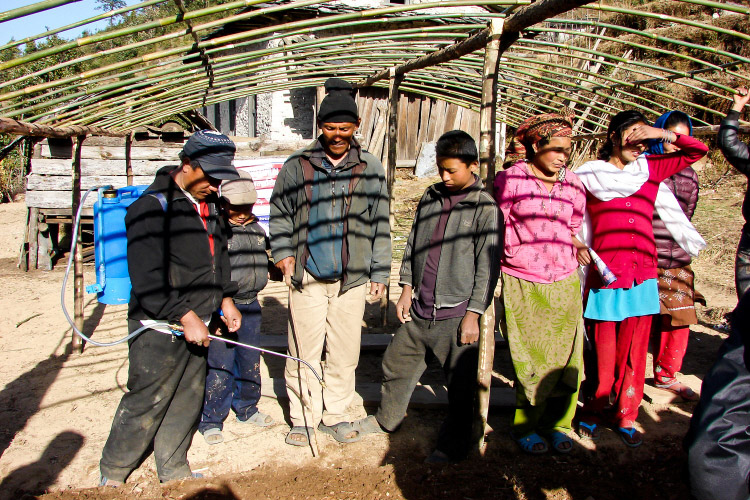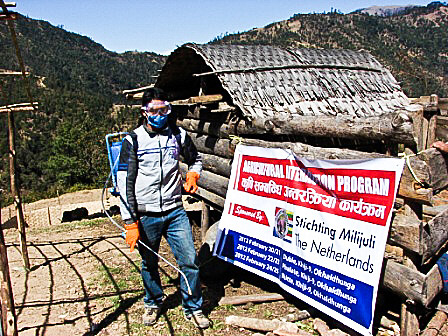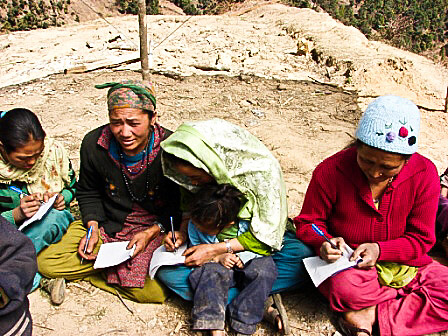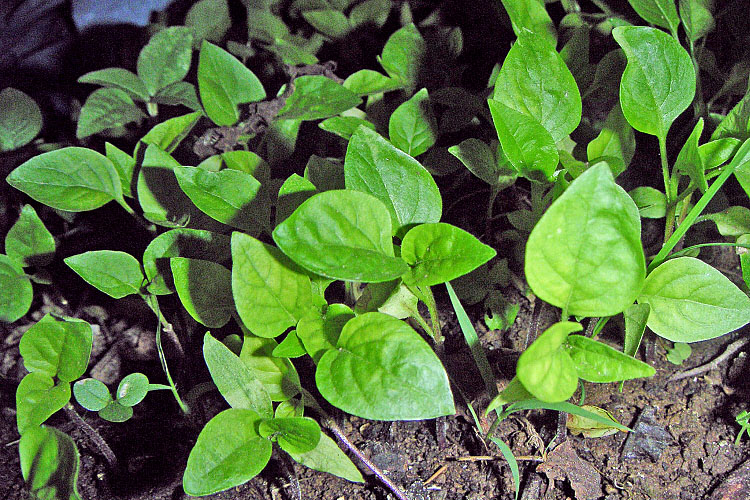Education Project for farmers
The proposal for this educational program was induced by my reading reports, published in our well-known WWW, discussing projects, to enhance the productivity of their farmers. In many the Nepalese government participated. The mayor part of these reports described situation in the terai but in the most recent reports also higher altitudes got attention. We can be sure that the knowledge about the possibilities to improve the situation of the farmers in the mountains and hills is present in the country, for instance at governmental offices.
The main target of the farmers in the mountains is to produce sufficient food for themselves. The amounts available for selling are low. An improvement in the productions brings more money and the growing of additional crops not only improves the financial situation but is also profitable by improving the health condition of the farmers and their families.
In everything we do, we must take care not to endanger the food production, and also the quality of that food, for the population. So we do not promote a change to large-scale monocultures, which promise a great profit.
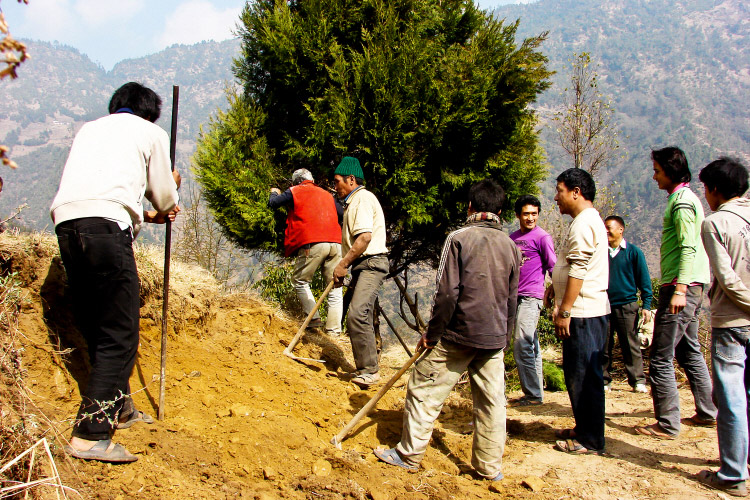
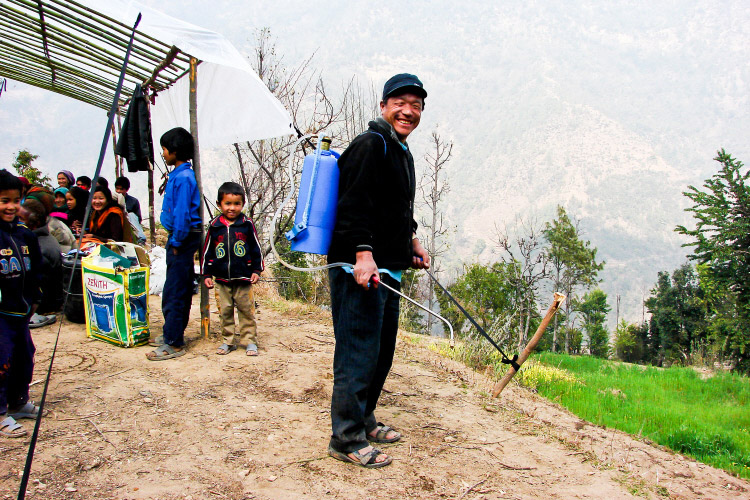
When you are poor it is risky to experiment with the basis of your existence. That is why we proposed to sponsor an educational project for the farmers. The representatives of Duble in the local foundation Dublelee Milijuli Samuha (DMG) liked it and started to work at it. In 2011 they worked hard on it. They convened several times with private persons and governmental agencies who could contribute. In October, when Anita and I were in Kathmandu, Pradeep could provide a project plan. According to this plan the participating farmers receive instruction and guidance for a whole year. The execution of the complete program would cost about 7.000,- Euro.
This was a bit of a disappointment, because that was much more than our budget allows, but most surprising for me was the scale of the proposed project: 2 hectares of cauliflower, 3 hectares of this and so many of that. I was afraid that the proposed number of hectares is a major part of all the land available in Duble. The consequence would be that the farmers have to buy a major part of their food from the revenue of their monocultures. I doubt if they have sufficient reserves to cope with an unsuccessful harvest.
That is why I asked to discuss the scale of the project with the drafters. Scaling down would also lower the cost considerably.
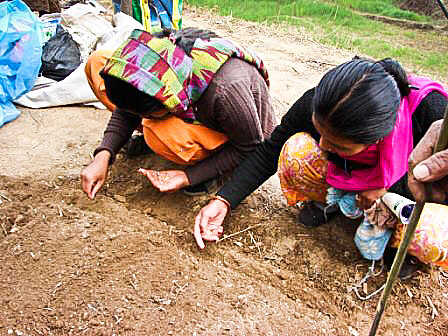
Malathion is an powerful insecticide which now is banned in Europe and many other areas. According to internet sources there is no good alternative only in the fight against malaria. We interviewed commercial gardeners in our neighbourhood and reported the result. It showed up that the Malathion was listed by the seed salesman and that the expert for the project intended to use only products made from plants (Agriguard and Biojeb). The guidance was improved by giving additional instruction to one person living in Duble. This person will do an inspection round every week. Very good, the more local knowledge the better.
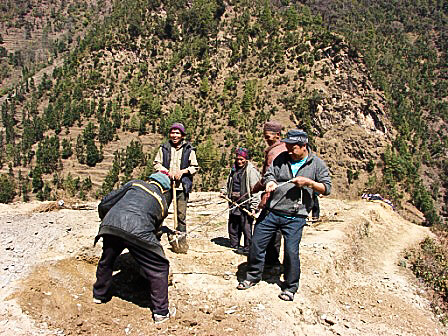
Now, there was an interesting project plan, which, when implemented, would cost about 1800 Euro. We approved that plan.
Key issues of the project
– The project covers the whole year and is performed at three locations,
– after the start there is sufficient guidance in the remainder of the year,
– the participants learn to use modern growing methods,
– the participants can gather experience in growing new crops or varieties having a higher yield,
– when a crop does not grow or does not grow well this is not a disaster; participants only learn from it,
– sufficient attention is paid to to manner how insecticides and fungicides should be used.
Planted trees:
– 6 Apple
– 6 Pears
– 3 Walnut
– 4 Persimmon
– 2 Grapes
– 6 Katus (Chestnut)
– 3 Pica-nut
– 2 Pomegranate
Seeds:
– Cauliflower, var. White-top
– Cauliflower, var. KTM-local
– Broccoli (premium)
– Cabbage, var. Copenhegan
– Mustard, var. Marfa
– Mustard, var. Khumal
– Radish, var. Pyuthane-red
– Radish (40 days)
– Pumpkin, var. Sandov
– Celery
– Onion, var. Nasid-red
– Ginger
– Turmeric (Kurkuma)
– Tomato
– Asparagus, var. Tommy-Japanese
– Ghiraula, var. Narayani (Sponge-pumpkin or -kalabas)
– Chilli, red
– Chilli, var. Bhende
– Chilli, var. Machhe
– Beans, var Rajma
– Beans, var. Rakulla
– Soya bean, var. Akash
– Soya bean, japanese
– Soya bean, var. Lumle¹
– Cucumber, var. Bhaktapure
– Peas, var. Sikkim
– Paddy rice, var. Chomrong¹
– Corn, var. Ganesh3¹
Pictures of the start
Mid-May, we received the first pictures of how the plants evolved. The pictures were taken by Naina, in March and April.
Diashow
Cauliflower , Peas, Chilli Bhinde, Onion, Beans, Mustard Marfa, Cabbage, Tomatoes, Radish, Pumpkin Sando-v, Celery (Dhaniya) Chilli.
Also the following fruits were developing well: Apple, Pomegranate, Pears, Persimmon and Grapes.
He sent the following pictures.

